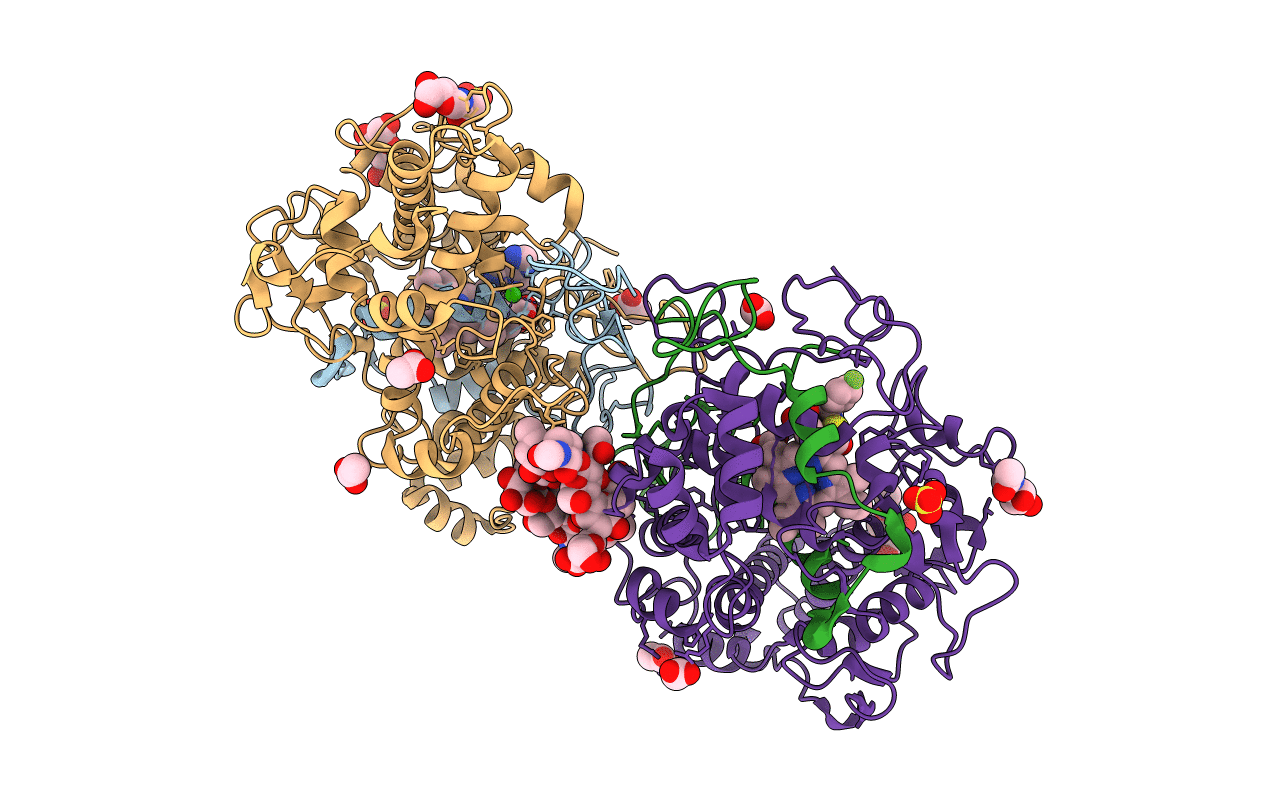
Deposition Date
2011-06-21
Release Date
2011-08-31
Last Version Date
2024-10-16
Method Details:
Experimental Method:
Resolution:
2.30 Å
R-Value Free:
0.20
R-Value Work:
0.17
R-Value Observed:
0.17
Space Group:
P 1 21 1


